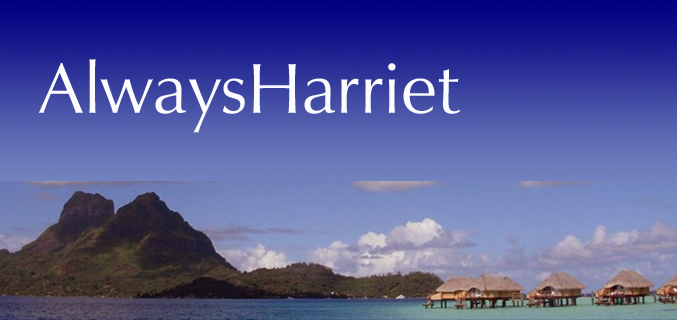
|

|
Washington's Olympic PeninsulaOne of My Favorite Places
|
 |
| In
between the metropolitan area of |
 |
|
| The rain forest temperature does not drop below freezing, and summertime highs rarely exceed 80 degrees. The ocean, rain forest and mountains, all within 30 miles, are a geological wonder of nature. | |
| The Washington
coastline is a long, remote, sandy beach beneath rugged cliffs. There
are a few places where one can actually drive onto the beach and ride
horses. But most of the
beach is only accessible by foot and steps.
Much of the beach is covered with huge tree trunks and logs.
These drift logs have floated down the rivers from logging sites in the
national forests. Beyond the
beach in the ocean are huge rock piles—“seastacks”— the results of years of erosion. |
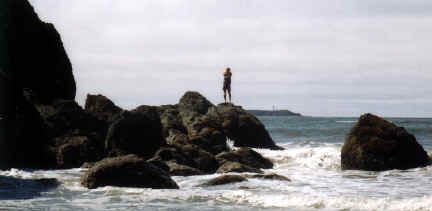 |
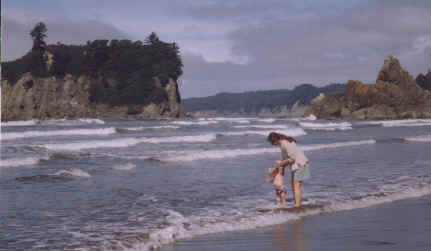 |
 |
The undertow is very strong, as the water gets deep very quickly. “Dillon, holding hands is a good thing!” says mother/daughter, Lori (above). Because the waves are gentle and the beach is wide there is small and very fascinating wild life everywhere. Tidal pools collect small fish, mussels and jellyfish. In the coves are seals, sea birds, eagles and sea lions. |
|
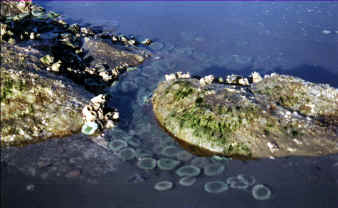 |
||
|
Kalaloch Lodge is one of the only places to stay
along this long stretch of beach. From
here one can walk the beach for 10 miles to Ruby |
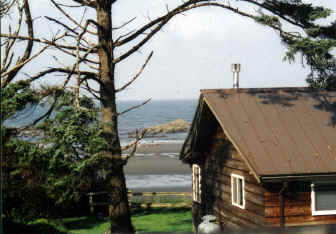 |
|
 |
|
Inland is the temperate rain forest. The most popular way to
enter to forest is through the Hoh
|
| The northern side of the Peninsula
hosts three popular trails, Sol Duc, Hurricane Ridge, and |
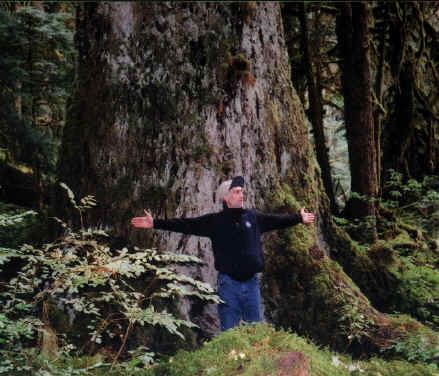 |
 |
Much
of this forest is endangered old growth.
And the reward at the top of the trail is this deep gorge and
falls. Hurricane
Ridge trail is a long drive to the top of the range, where you can see
views of a glacier. Even
in summer up there one can have a snowball fight. There is also easy
hiking access to the mountains. |
|
|
|
Harriet
H. Ahouse | Independent Travel Consultant |